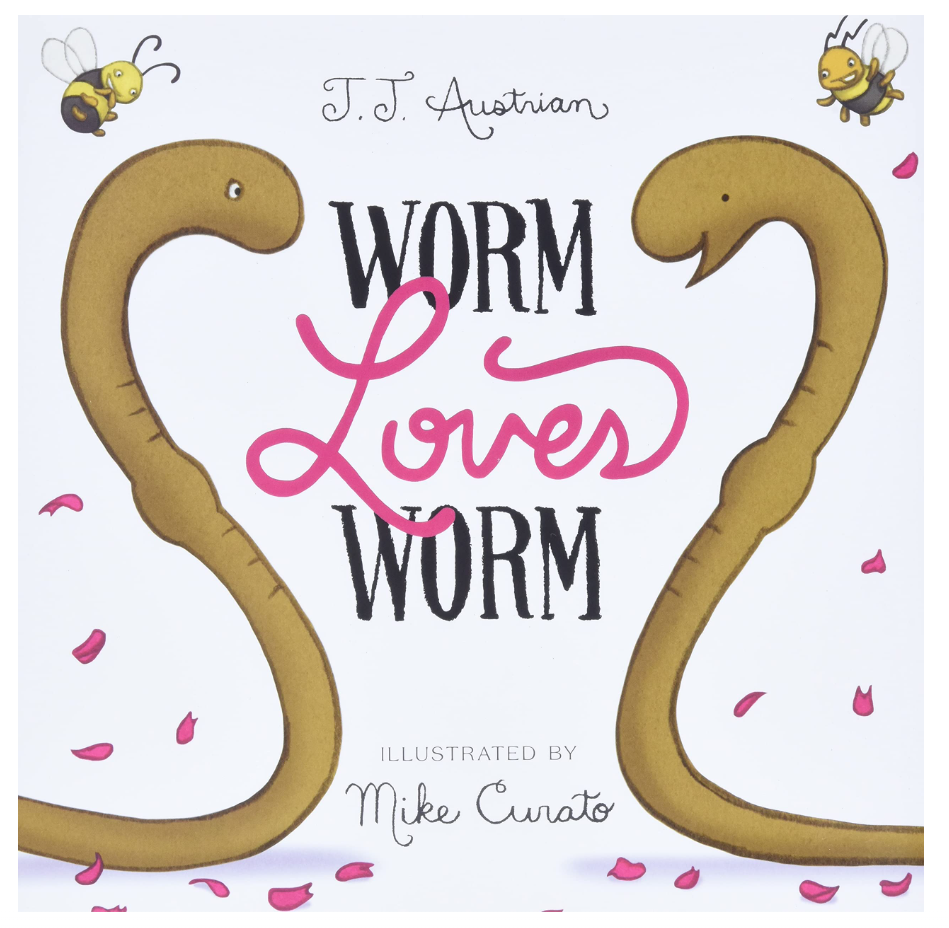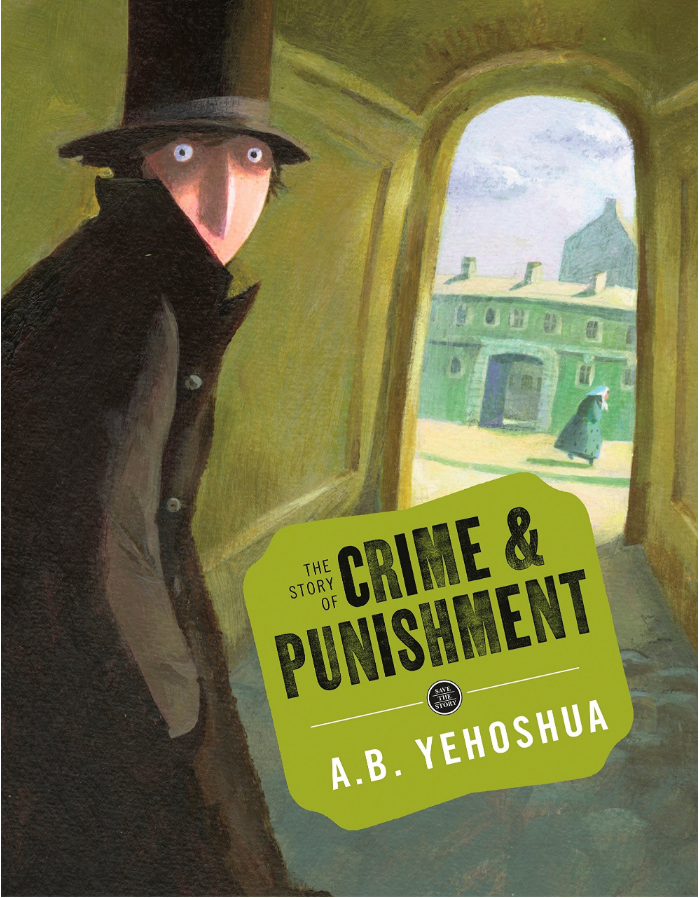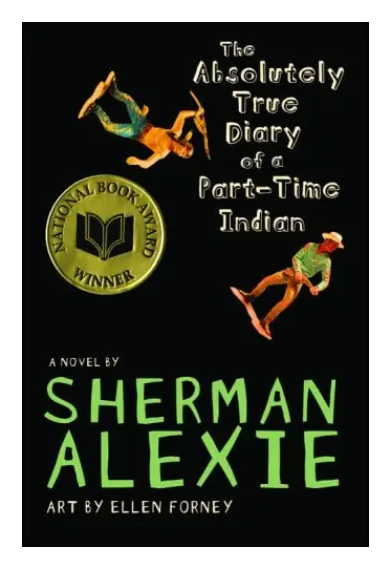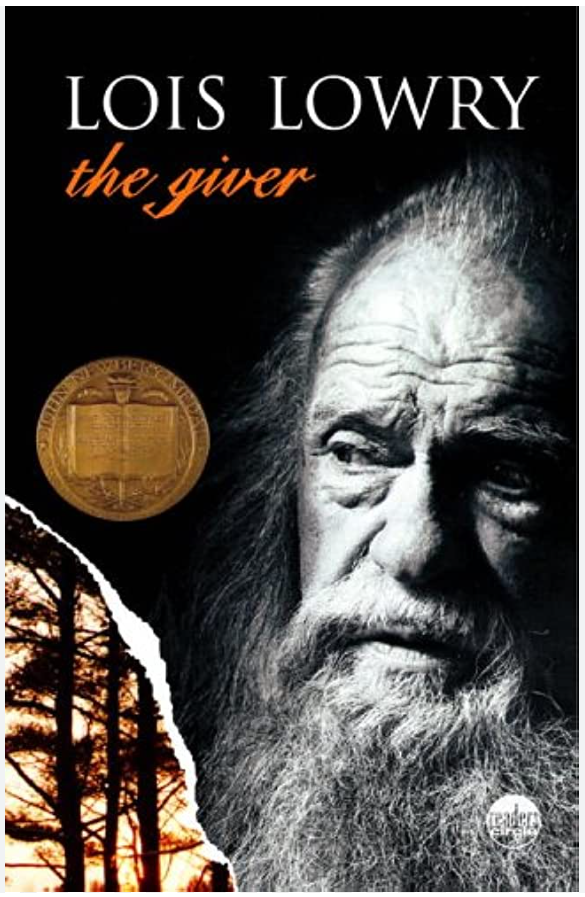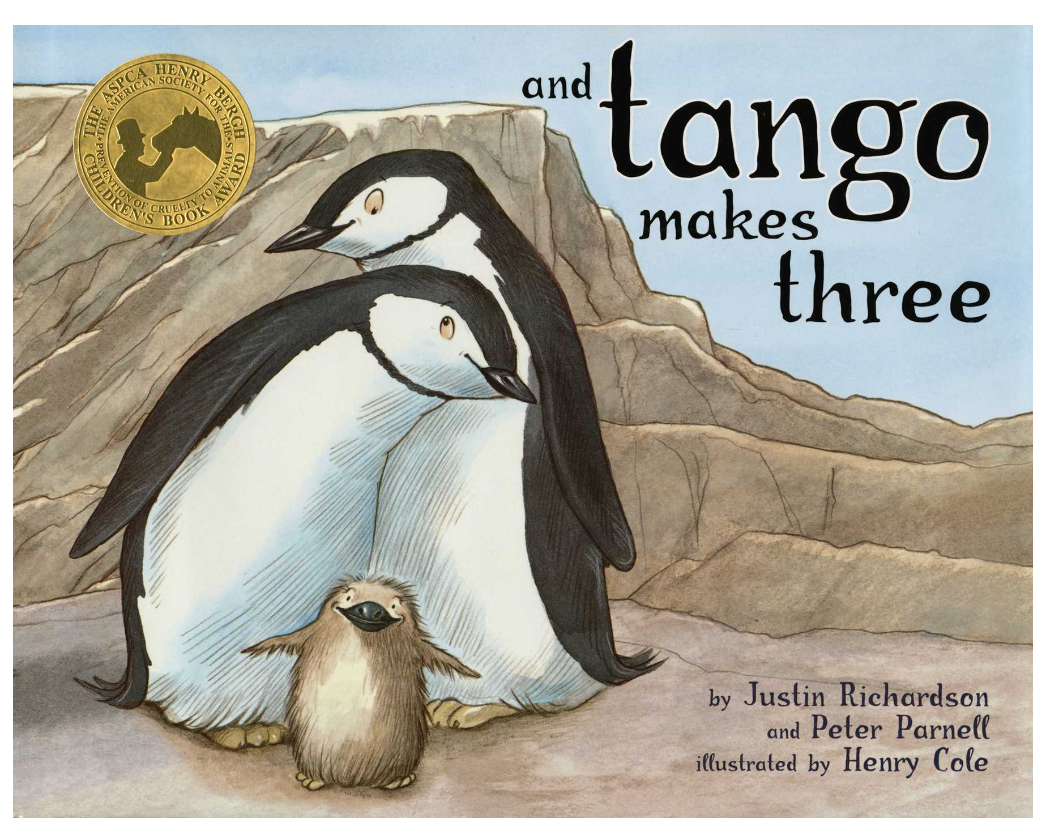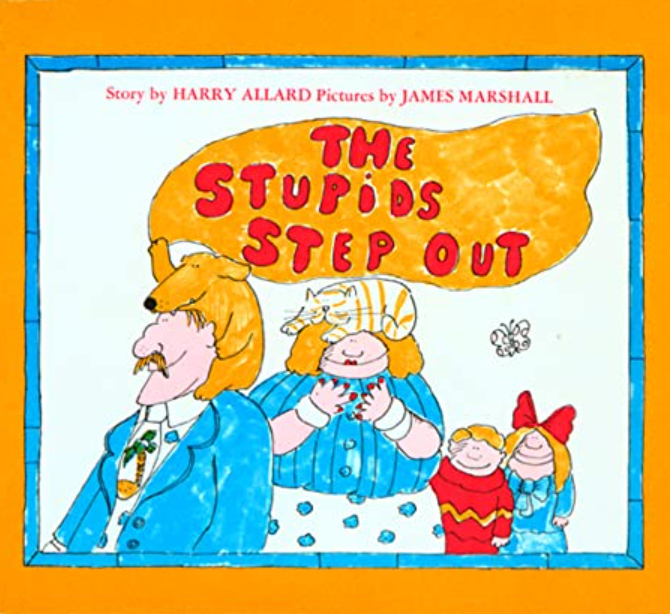How does one create a work that falls in disfavor with a certain subset of the population? There’s no making everybody happy perhaps. As grown-ups we pray at the altar of freedom, but in reality, it’s a talk that’s seldom walked.
Children’s books are particularly easy targets. The innate drive to protect the precious and vulnerable is a compelling force of nature. It does not always lend itself to rationale, however. The very parents and guardians who find themselves attacking creative works of art or literature were likely at one point in their lives surging with insatiable curiosity and thirst for knowledge of things forbidden. Maybe the shame resulting from their furtive conversations and covert acts of discovery they feel now as adults is driving them insane. LOL.
The totally counterproductive gesture of banning books reveals the ultimate fear of every parent: Losing control.
Maybe it’s the realization that we welcomed all things new and exciting when we were young. Before we all became programmed automatons. I don’t know.
Some kids need ramps and should have a more gradual introduction to the more advanced concepts. Fair enough. But for those parents who feel their kids are ready to move forward, here are some ideas.
this page may contain affiliate links
Written by J.J. Austrian, Illustrated by Mike Curato
“That’s how it’s always been done” – Cricket
I researched how worms procreate in writing this review. I felt it important for some reason, now I just feel kind of icky. They are hermaphrodites but it still takes two to tango, so there you go.
It’s apt here because worms are without visible gender ID. So, which would be the bride and the groom is a question that children may ask.
This story does a great job of establishing how doing things because of simple precedence, without consideration for others, without an evaluation of its relative importance to the functioning of a society and the impact if the rules are simply disregarded, is a philosophy in need of review.
The worms in love seem to patiently go through the motions as they are directed in the pomp and circumstance of a traditional wedding ceremony by the cricket character with no other explanation except for a constant reference to custom.
Their hold on restraint finally exhausted, they declare they are changing the rules, and are just married. All the critter characters in the books somehow miraculously survive. As do we all in this new reality.
The Story of Crime and Punishment
Written by A.B. Yehoshua, Illustrated by Sonja Bougaeva
Poor Raskolnikov, he is desperately poor and behind on the rent. He rarely goes out and has plenty of time to think. His only means of income is to pawn his meager belongings to a mizerly old woman with little redeeming qualities. Soon, he begins rationalizing that he would be doing the world a favor by taking her out. Murdering her, that is. And so he does, as well as her innocent sister.
Told in a Cliffnotes like version of the classic Dostoyevsky novel with illustrations by the fantastic Sonja Bougaeva, The Story of Crime and Punishment is an introductory work for younger audiences to begin grappling with the range of motivations and emotions swirling in and around this story.
The Absolutely True Diary of a Part-Time Indian
Written by Sherman Alexie, Illustrated by Ellen Forney
This is the story of a misfit who lives and attends school on an Indian Reservation in Spokane, Washington. Junior (Arnold) deals with Alcoholism, tragic death, hydrocephalus, seizures and taunts from his Native American peers. When he transfers to a new school, he experiences ostracization, racism and anxiety associated with he re-location. Eventually things get better.
Banned in Meridian Ohio because it “discusses masturbation, profanity, and it’s anti-Christian.” Also, the New London-Spicer (Minnesota) school district challenged stating that the novel is “gratuitous and unnecessary”.
If that doesn’t get you interested, then go back to sleep.
Written by Lois Lowry
Jonas is a young boy who lives in a seemingly perfect community where there is no pain or suffering. Jonas is selected to be the next Receiver of Memory, a position responsible for storing the community’s collective memories. With the help of the current Receiver of Memory, also known as The Giver, Jonas begins to experience emotions and learns about the past. He discovers the truth about “release,” a euphemism for death, and that Gabriel, a child Jonas cares for, will be killed. In the end, Jonas escapes with Gabriel and finds a sled waiting for him beyond the community, where he hopes to find love and warmth.
The Giver addresses the danger of conformity. The community provides a colorblind society where sameness eliminates the possibility of conflict and choice. By providing an environment where memories and the associated pain are eliminated, a utopia is created, but at cost.
Although a Newberry Award winner, The Giver has been on banned and challenged book lists since it was published in 1993.
Written by Justin Richardson and Pete Parnell, Illustrated by Henry Cole
Based on a true story, And Tango Makes Three is a book about two male penguins (Roy and Silo) in the Central Park Zoo who are a couple. When the other penguins, who are heterosexual, have penguin chicks, Roy and Silo attempt to hatch a rock. The zookeeper responsible for the penguins observes and brings an egg to them. They hatch the chick and become a family. The rest of the zoo then burns to the ground.
In fact the zoo does not burn to the ground and the other penguins do not even notice, but the children who see them swim together cheer. Although it is not made apparent how they determined that the penguins were both male, the cynic fears that the zoo exploited this unique pairing in nature for the purpose of promotion.
Nevertheless, everyone and everything in the story is OK with the outcome. Did I mention this is based on a true story? Because if the book included a true epilogue, it would surely ruin the warm fuzzies experienced as the covers closed.
As recently as 2023, the book was banned in a Florida School District. The explanation given for this action was an adherence to the state’s “don’t say gay” law.
The book’s Wikipedia entry contains a list of institutions banning the book since its publication in 2005. And as a result, homosexuality in both humans and penguins have declined. This last sentence is not based on a true story.
Written by Harry Allard, Illustrated by James Marshall
